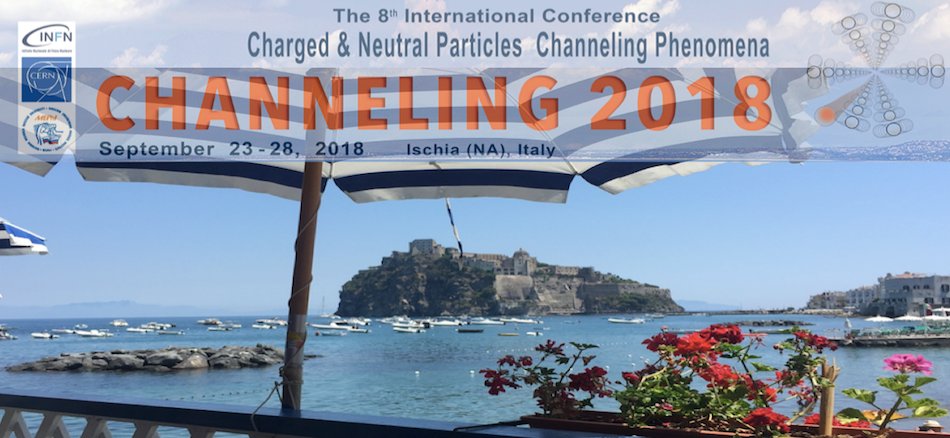Speaker
Riccardo Camattari
(FE)
Description
High-intensity and monochromatic X-ray sources are important tools for research in fundamental to applied science. Nowadays, intense and monochromatic soft X-ray beams are produced by means of Free-Electron Lasers (FELs). With currently available magnetic undulators, the minimum achievable oscillation period λu is of the order of the centimetres, thus limiting the generation of X-ray to a few tens/hundreds of keV at the highest synchrotron electron energies. In order to produce photon beams at higher energies, undulators with shorter λu are needed.
A promising solution is the usage of a Crystalline Undulator (CU), i.e. a periodically bent crystal to drive the particles inside manipulated channels via channeling. Indeed, in a CU the charged particles (e.g. positrons) are forced to an oscillatory motion, in a similar way to that of magnetic undulators. By exploiting currently available techniques of crystal deformation, crystals with an undulated geometry with short period can be fabricated.
Here, we show the manufacture and the characterization of three CU samples, obtained with the grooving method, which is a method to achieve controlled crystal deformation by manufacturing a controlled series of grooves on the sample surfaces by means of a diamond blade. Indeed, it was shown that a series of grooves may cause a permanent and reproducible deformation of the whole sample. In particular, an alternate and periodic pattern of 150 μm-wide parallel grooves was manufactured on the largest surfaces of the crystalline samples. The three CUs were tested at the line ID11 at ESRF (Grenoble, France) via a hard X-ray beam, showing a homogeneous and undulated deformation. The obtained λu were 334 μm, 120 μm, and 80 μm, depending on the geometry of the grooves. The substrates were (110) Si crystals.
Author
Riccardo Camattari
(FE)
Co-authors
Alexei Sytov
(FE)
Andrea Mazzolari
(FE)
Dr
Davide Casotti
(Dipartimento di Fisica e Scienze della Terra, Università degli Studi di Ferrara)
Enrico Bagli
(FE)
Gianluca Cavoto
(ROMA1)
LAURA BANDIERA
(FE)
Marco Romagnoni
(F)
Vincenzo Guidi
(FE)

